I was sitting here at home the other day wondering if I should upgrade my water filter system? More specifically, I wondered what would be the best filter for filtering drinking water?
After all, my family and I have lived here for twenty years now and have lived with the same filter system in place since we moved in. The only thing that’s changed in all that time, are the filter cartridges I change out at recommended intervals.
I’ve spent some time comparing a lot of water filters.
I’ve found that the best filter for drinking water a Reverse Osmosis filter. It’s More Effective at Reducing the Widest Range of Contaminants from Your Water Than any Other Filter. Its separate dispensing tap and long-lasting filters makes it more convenient than any other filter.
When you factor in the purchase and maintenance costs of an RO system, it even costs less over time.
Our Current Filter
The system we currently use is a Reverse Osmosis (RO) System, made by Microline. It’s a basic, 3-Cartridge filter system, but it’s been effective for making sure our water is clean and safe to drink and cook with.
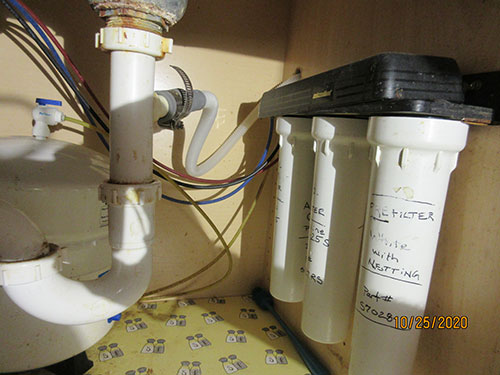
Since this was a newly built house, and there was no town water on our road at the time, we had to have a well drilled to supply us with our water. After the required testing of the water, it was determined that the it was moderately hard and that we should install a water softener to deal with that, which we did.
Because we live closely to farms that use pesticides on their crops, we decided that we should probably install an additional water filter to deal with other impurities that we wouldn’t want to drink. The guy I hired to drill our well recommended this RO system. He installed it for me before we moved in.
At the time, I was only slightly familiar with reverse osmosis. I’ve read about improvements manufacturers have made to RO systems over the last twenty years.
Should I Filter My Water?
So I began to think about the people who don’t filter their water at all. If you’re sitting there wondering if you should filter your water, but aren’t sure where to start, ask yourself, “Where does my water come from?”
Do you receive a water bill from a utility? …Or do you have your own private well?
Either way, you can’t trust that it’s free from unsafe contaminants. Reports of contaminated water, even from water utilities are frequent and widespread. It’s generally understood that they’re unable to remove all harmful contaminants from the water.
So, yes, since clean water is vital for good health, everyone should be filtering their water, regardless of the source.
What Kind of Filter Should I Install?
Personally, I think the most important water filter is the one that purifies the water you drink. Your health depends on avoiding harmful contaminants that exists in nearly every water source, even if it’s from a water utility.
The most efficient and least costly way to purify your water for drinking, is to install a point-of-use filter.
The kitchen is almost always the most reasonable place to install a point-of-use water filter. For most families, the kitchen is the focal point of the home. The kitchen is where your food is prepared, where your cookware is, and where the dishes and drinking glasses are.
Should I have my Water Tested?
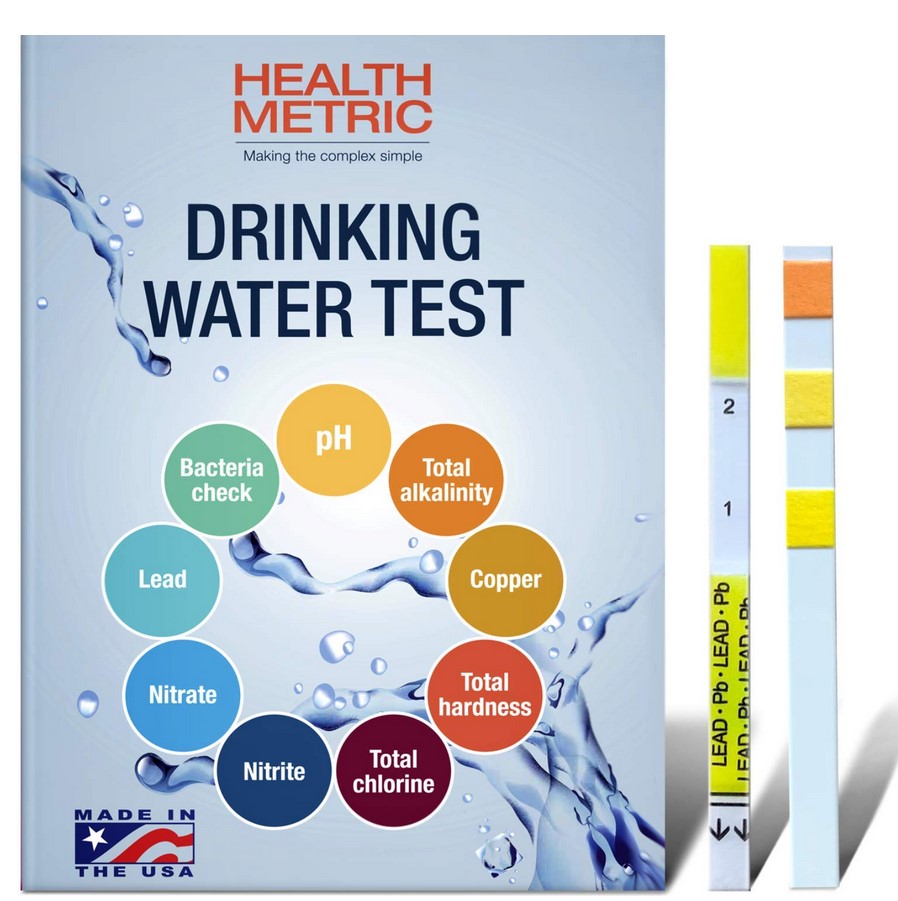
The short answer is Yes. Testing your source water is the only way for you to know what contaminants are in it and at what concentrations. From your test results, you’ll be able to better match a system that will fix that.
You can either test your water yourself with a purchased kit, or for a more complete and accurate report, you can send a sample to be tested by a professional lab.
Does Reverse Osmosis Remove Too Many Beneficial Minerals?
It’s true that a reverse osmosis filter is also very good at eliminating minerals from the water that flows through it. The amount of bio-available organic minerals that a person would take in from a day of drinking unfiltered water is tiny.
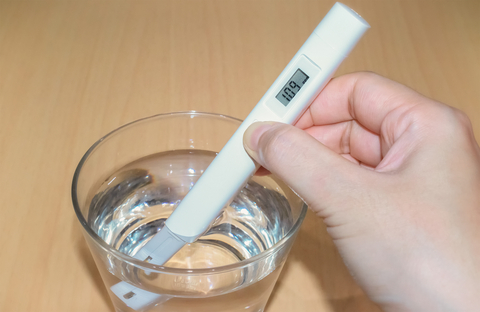
Normally, people get the vast amount of our calcium and magnesium minerals from the foods we eat. The American Medical Journal says our body’s need for minerals is largely provided by the foods we eat, not the water we drink.
In fact, just one glass of milk or orange juice contains more bio-available minerals in it than the amount of unfiltered water someone could guzzle in a month.
Of the minerals found in water, only about 1% of those are actually beneficial to us. Most of the minerals found in water are inorganic and cannot be assimilated by our bodies anyway.
So while your drinking water is really not a significant source of healthful minerals, it usually is a significant source of harmful contaminants.
Reverse Osmosis systems do an excellent job of removing harmful contaminants, making your water safe to drink. I’ve been drinking reverse osmosis water for a long time and have found the taste to be very good.
Can I Use My Reverse Osmosis System to Soften My Home’s Water?
If your source water is hard enough to need softening, you would want to use a water softener or a water conditioner to do it.
Your point-of-use Reverse Osmosis system is not meant to accommodate the volume of an entire household. It’s only supposed to supply purified drinking water in the volumes that you and your family drink and cook with.
If you have hard water, a water softener will pre-filter your water by pulling out excessive minerals to protect your plumbing and water-using appliances, including the multiple filters in your RO system.
Will Reverse Osmosis Make My Water Too Acidic?
In a word, No, RO won’t make your water too acidic to drink or be harmful in any way to people or animals.
By removing minerals, usually measured as Total Dissolved Solids (TDS), reverse osmosis can have an acidifying effect, but not in the extreme. When a reverse osmosis system removes the total dissolved solids, the water hovers at around 6.5 pH, only slightly acidic.
The U.S. Environmental Protection Agency (EPA) is tasked with monitoring the quality of public drinking water throughout the United States.
The EPA considers water pH as only a cosmetic aspect of water. Water pH is considered a “Secondary Drinking Water Regulation”, which means they only provide a non-enforceable guideline.
A slight variation of pH is not something that would effect the health quality of the water.
The EPA offers a recommended guideline of 6.5 – 8.5 pH. This runs from slightly acidic to a bit alkaline.
Here’s a chart of common foods and drinks and shows where they rate on the pH scale. The weak acidity of pure water has no negative biological effect, at all.
I’ve Heard Reverse Osmosis Wastes lots of Water. Is This True?
Years ago, Reverse Osmosis systems wasted a lot more water than they use today. RO manufacturers have added clever ways to conserve water and that has dramatically reduced the amount of water going to the drain.
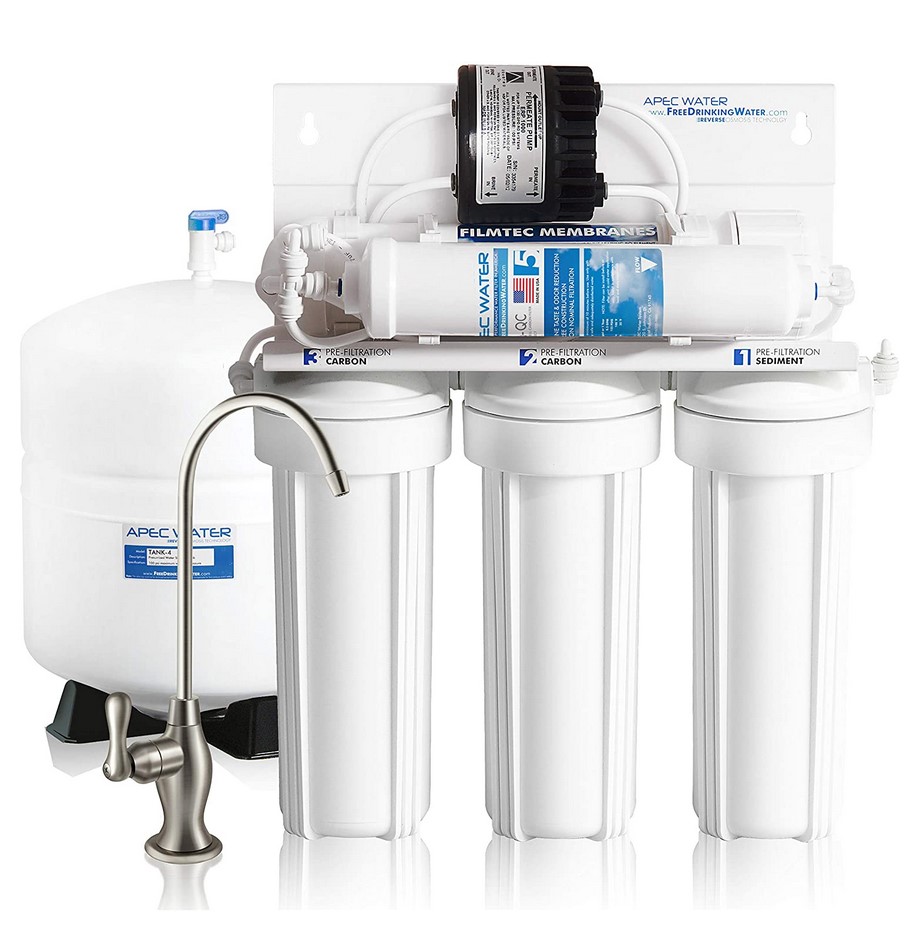
The most effective way water is conserved, is with the addition of a permeate pump to the RO system. There are several benefits to adding a permeate pump to your RO system. It boosts the water pressure through the filter system, allowing it to operate for shorter periods of time. It will use 80% less water while flushing contaminants.
Typically, RO systems will lose about 35% of water pressure through the system, but adding a permeate pump will bring that pressure back up to make filtered water faster.
It’ll also give you a fast flow at the dispensing tap.
If you want to tee into the feed line, so as to also feed your refrigerator and ice maker, a permeate pump will make a big difference in water pressure and ice-making ability at your fridge.
When a Reverse Osmosis system is in the process of filtering water and filling the storage tank, it uses water to wash contaminants down the drain. This is much like you do when you wash your hands, or wash your fruits and vegetables, run the dish washer and your clothes washer.
Every one of those activities uses water to flush dirt or wastes to the drain.
When you flush your toilet, you’re using water to flush waste away. Even a low-flow toilet uses about 2-gallons per flush. Think about how many times your family flushes every day, several times each, right?
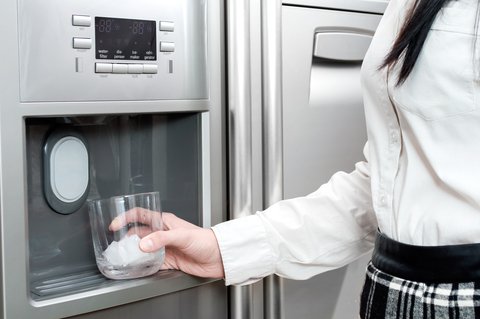
Even your own biological system uses water to flush wastes and toxins from your body. You might say that water is a perfect washing agent for many things.
A typical RO system uses maybe 3-gallons of water to flush harmful contaminants away, for every gallon of drinking water it makes. Some high-end ones don’t even use that much. Think about how much drinking water your family consumes every day.
It’s just not that much.
Humans are 60-70% water. That suggests there’s nothing more important than consuming clean water.
I can’t think of a better reason to waste a little water, if it means making healthy, highly purified water for you and your family to drink. To maintain the health, you absolutely need the purist water possible.
So, Why Should I Go With Reverse Osmosis?
A Reverse Osmosis filter system will remove the largest array of different impurities than any other water treatment system, period.
A residential RO system is actually a series of filters, each designed to eliminate a specific set of contaminants, including many, many chemicals and even the tiniest microbes.
.
To protect the RO filter, the water stream is first passed through a sediment filter. This gets rid of larger particles. The water then goes through an activated carbon filter. This “pre-filter” adsorbs many chemicals from the water.
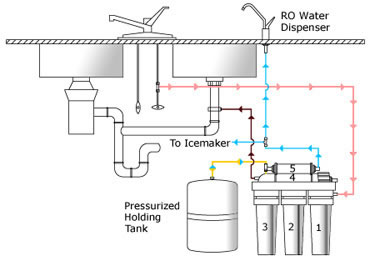
The activated carbon binds to just about any substance, pulling toxins and impurities out of the water that flows through it. Carbon filters are very effective at capturing many chemicals.
After that, the much cleaner water is then funneled through the Reverse Osmosis Membrane. This special filter physically removes the tiniest of microbes and viruses, and many, many chemical molecules that are just too large to pass through the microscopic pores in the filter.
Just about the only thing that’s small enough to pass through an RO filter is pure water. Impurities are flushed to the drain.
An RO filter is capable of removing thousands of chemical contaminants including the toxic PFAS compounds and Glyphosate, which are linked to severe health effects.
Preventing these tiny pores in the RO membrane from becoming clogged prematurely is why the water is pre-filtered. This greatly extends lifespan of the RO filter.
At this point, the water is usually sent to the storage tank until needed. The storage tank is a pressurized tank. When someone opens a valve, the pressure in the storage tank, pushes the water through yet another carbon filter. This “post-filter” further conditions the water it before it reaches your drinking glass.
Some RO systems have even more filter stages, but what I’ve described, is the basis of a home RO system. A permeate pump is usually offered as an option.
Conclusion:
The bottom line is, no other residential filtration system will make your drinking water as pure as a Reverse Osmosis system will. That’s why a residential Reverse Osmosis system is your best filter option for pure drinking water.
